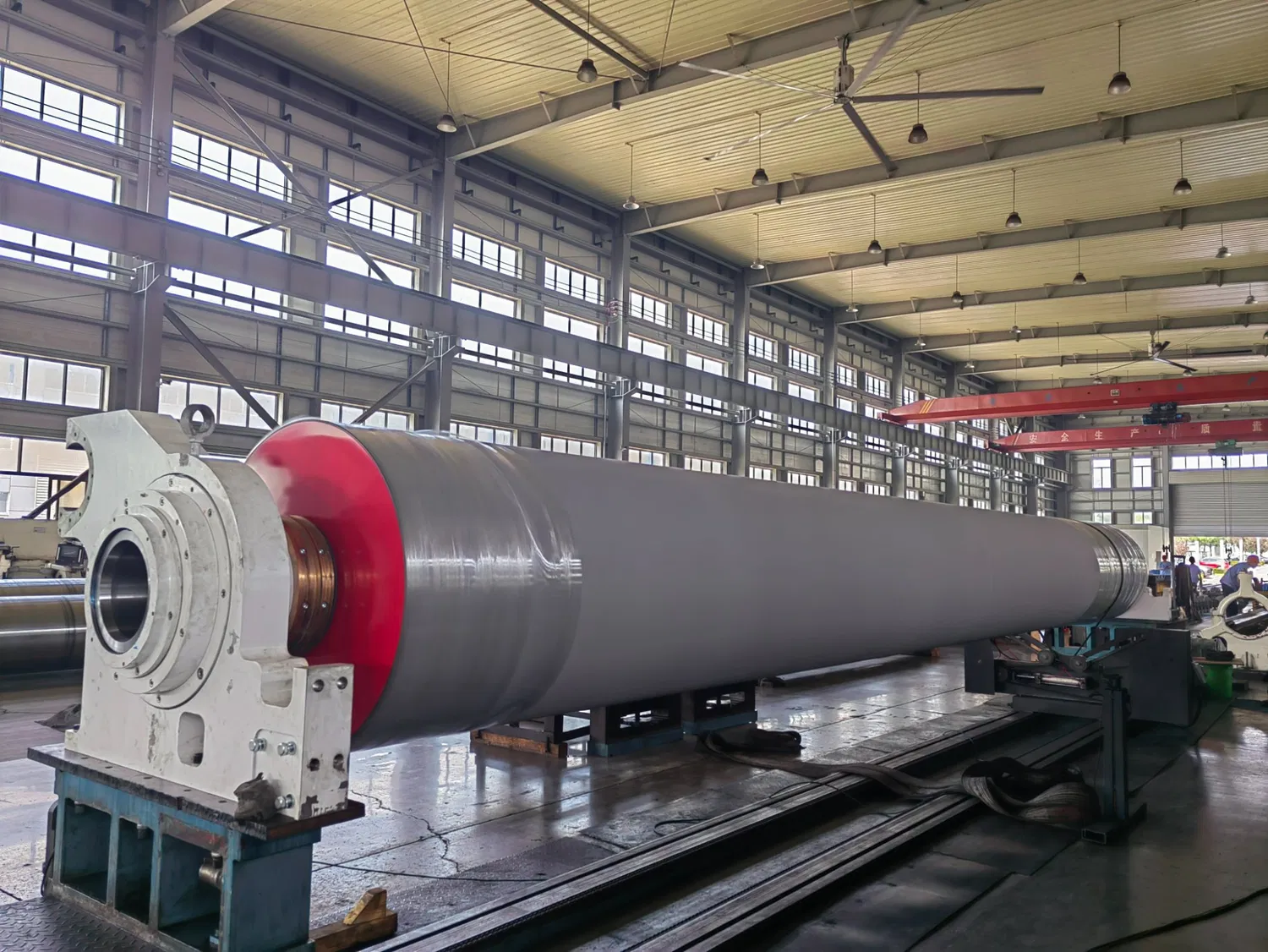
Choosing the right paper roll can feel like navigating a maze. With so many options available, it's easy to get confused. This article will delve into the core differences between thermal rolls and standard paper rolls, offering practical advice to help you make the best choice for your specific application. Understanding the distinctions between these two types of paper is crucial for businesses and individuals alike.
Understanding Thermal Rolls
Thermal rolls are a specialized type of paper coated with a heat-sensitive chemical layer. This coating reacts to heat generated by a thermal print head, producing a dark image without the need for ink or toner. This direct printing method makes thermal rolls ideal for applications requiring quick and efficient printing, such as receipts, tickets, and labels. The convenience of not needing ink makes thermal printing a cost-effective solution for many businesses. But what exactly makes them different from a standard paper roll?
Exploring Standard Paper Rolls
Standard paper rolls, often referred to as plain paper rolls, are made from wood pulp and don't have any special chemical coating. They require ink or toner to produce an image, typically using impact or inkjet printing methods. These paper rolls are versatile and used in various applications, including point-of-sale systems, adding machines, and cash registers. While they might require the additional cost of ink, standard paper rolls offer advantages in terms of longevity and archival purposes.
Key Differences: Thermal Roll vs. Paper Roll
The primary difference between a thermal roll and a paper roll lies in the printing method and the paper's composition. Thermal paper relies on heat, while standard paper needs ink or toner. This difference dictates their respective applications and lifespan. Thermal paper is sensitive to heat, light, and moisture, meaning printed images can fade over time. Standard paper, on the other hand, offers greater longevity, especially when using archival-quality ink. So, which one is right for you?
Advantages and Disadvantages of Each Type
Both thermal rolls and paper rolls have their own set of advantages and disadvantages. Thermal rolls offer speed, convenience, and cost-effectiveness in the short term, but their sensitivity to environmental factors can be a drawback. Standard paper rolls, though requiring ink, provide longevity and clearer, more permanent prints. Choosing the right type depends on your specific needs and priorities. Do you prioritize speed and cost-effectiveness or longevity and image permanence?
Choosing the Right Paper Roll: Practical Considerations
Several factors influence the decision when choosing between thermal rolls and standard paper rolls. Consider the application: receipts, labels, or archival documents? Think about the environment: will the printed material be exposed to heat, light, or moisture? Finally, evaluate the budget: are you looking for the most cost-effective solution, or is longevity a primary concern?
Thermal Paper and its Environmental Impact
While convenient, traditional thermal paper often contains Bisphenol A (BPA) or Bisphenol S (BPS), chemicals with potential health and environmental concerns. However, BPA-free thermal paper is becoming increasingly available, offering a more eco-friendly alternative. When choosing thermal paper, consider opting for BPA-free options to minimize environmental impact. What are your thoughts on the increasing availability of eco-friendly thermal paper options?
Long-Term Storage and Handling Best Practices
Proper storage is crucial for both thermal and standard paper rolls. Store them in a cool, dry place away from direct sunlight and heat sources. For thermal paper, avoid contact with oils, plastics, and certain chemicals that can accelerate image fading. Proper handling can significantly extend the lifespan of your printed materials.
Specific Applications: Where Each Type Excels
Thermal paper excels in applications requiring quick, on-the-spot printing, such as POS receipts, parking tickets, and lottery tickets. Standard paper rolls are better suited for documents requiring long-term storage, such as invoices, legal documents, and archival records. Choosing the appropriate paper type ensures the longevity and readability of your printed materials. Thermal transfer printing, using a ribbon, offers another option for durable labels and barcodes, bridging the gap between thermal direct and standard paper rolls.
Making the Informed Decision: Thermal Roll vs. Paper Roll
Understanding the differences between thermal rolls and paper rolls is vital for making informed decisions about your printing needs. By considering factors such as application, environment, budget, and longevity requirements, you can choose the paper type that best suits your specific circumstances. This knowledge empowers you to optimize your printing processes and ensure the quality and durability of your printed materials.
What are your biggest challenges when choosing between thermal and standard paper rolls? Let us know in the comments below.
We hope this guide has clarified the key differences between thermal rolls and paper rolls. For more information on specific paper types and their applications, visit our website or contact our customer service team.



